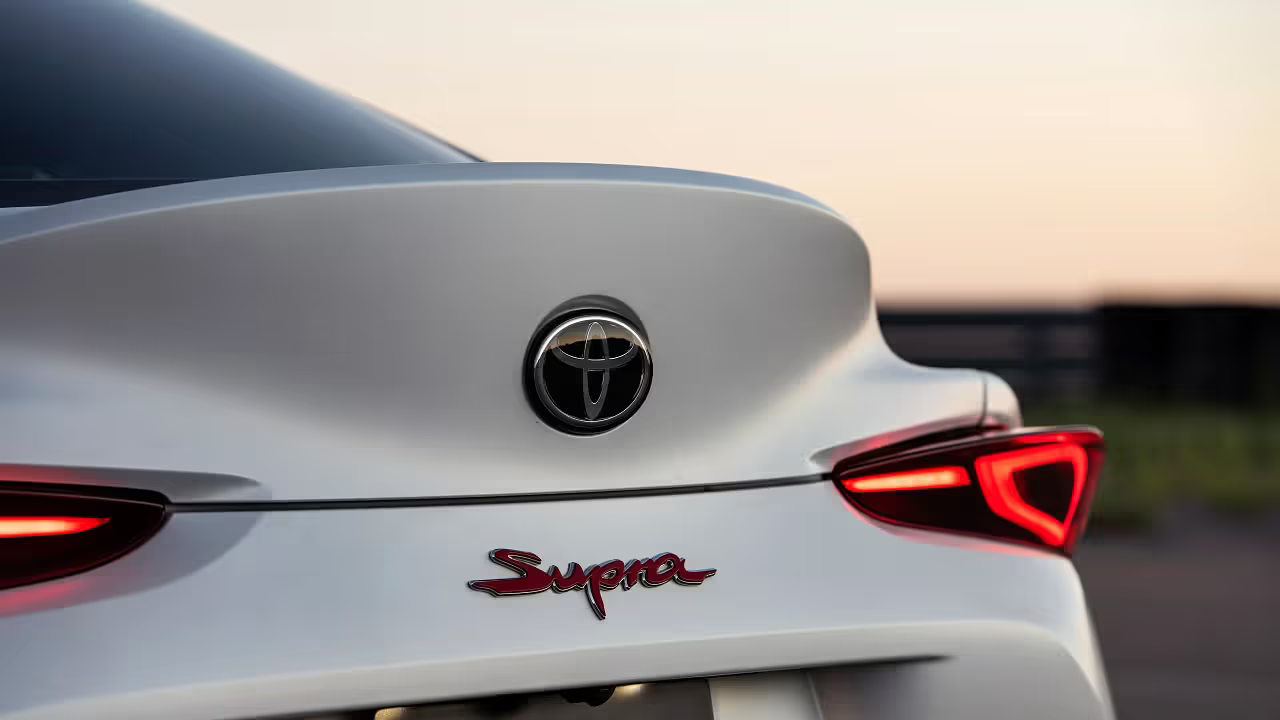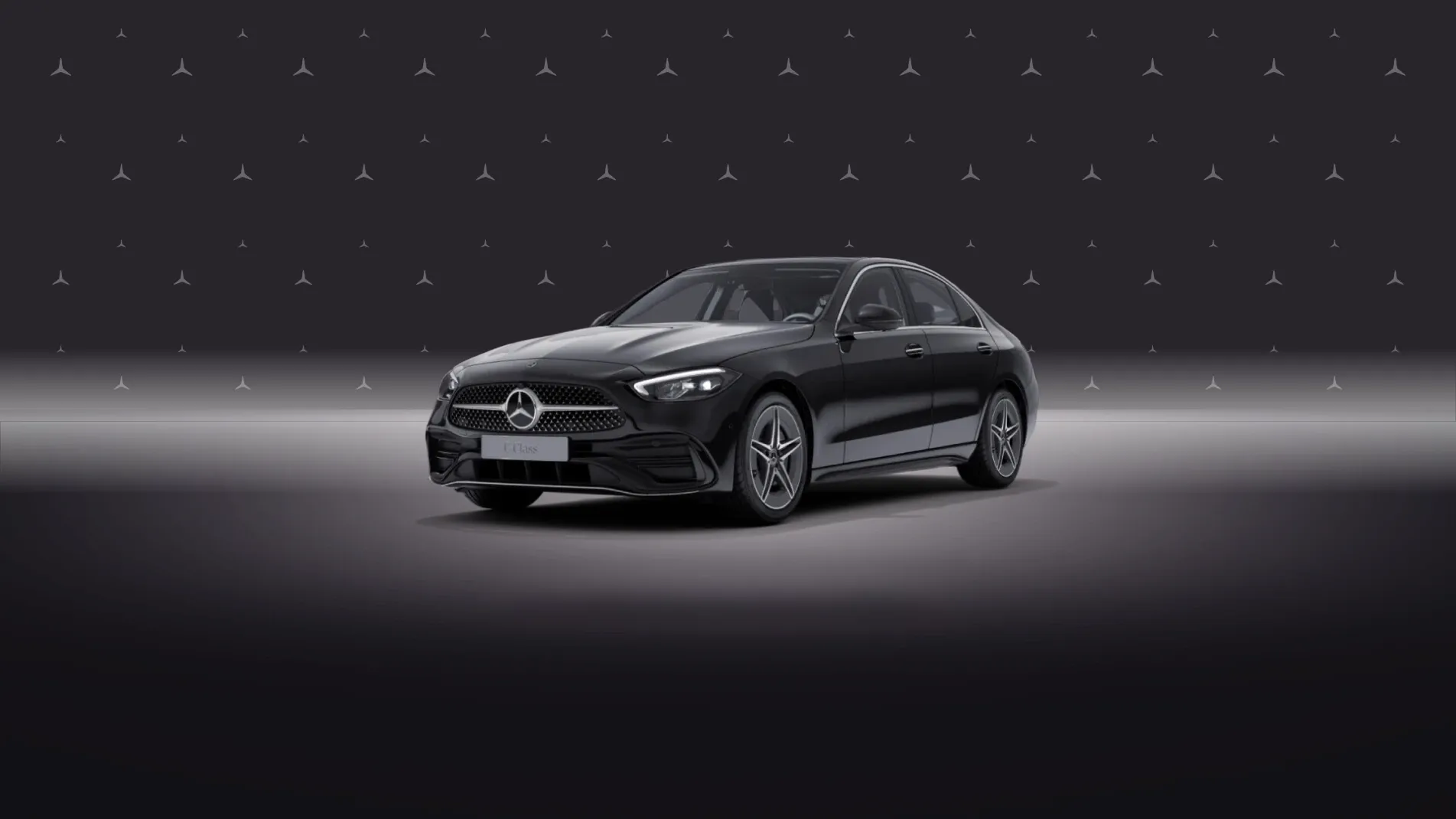Toyota has announced significant changes to its iconic GR Supra lineup for the 2025 model year, discontinuing the four-cylinder engine option and focusing exclusively on the more powerful six-cylinder variant. This move marks a shift in Toyota's strategy for its flagship sports car, emphasizing performance and driver engagement.
Engine Lineup Changes:

- The 2.0-liter turbocharged four-cylinder engine has been dropped from the 2025 Supra lineup.
- The 3.0-liter turbocharged inline-six engine, producing 382 horsepower and 368 lb-ft of torque, becomes the sole powertrain option.
Transmission Options:
- Both 8-speed automatic and 6-speed manual transmissions remain available.
- The manual transmission, introduced in 2023, continues to be a no-cost option, catering to driving enthusiasts.
Performance Metrics:
- 0-60 mph acceleration: 3.9 seconds (automatic), 4.2 seconds (manual)
- Fuel economy: 23 city/31 highway/26 combined mpg (automatic)
Trim Levels:
- Two grades available: 3.0 and 3.0 Premium
- Both grades feature Adaptive Variable Suspension (AVS) for enhanced handling
Pricing:
- Starting MSRP of $57,345 for the 3.0 model (including $1,095 handling fee)
- 3.0 Premium starts at $60,495
- Represents an $850 increase over the 2024 model year
New Features: Complimentary 1-year membership to the National Auto Sport Association included with purchase. Available exterior colors: Stratosphere (blue), Absolute Zero (white), Nocturnal (black), and Renaissance Red 2.0
Market Positioning: The decision to focus on the six-cylinder model aligns the Supra more closely with its heritage and enthusiast expectations. Potentially positions the GR86 as Toyota's entry-level sports car offering
Industry Context: This move comes as Toyota is reportedly developing a new high-performance 2.0-liter turbo four-cylinder engine, aiming to surpass the legendary 2JZ in capability. The automotive industry is seeing a trend towards electrification, making Toyota's commitment to high-performance combustion engines notable.
Analysis:

Toyota's decision to streamline the Supra lineup reflects a focus on the model's core enthusiast market. By eliminating the four-cylinder option, Toyota is positioning the Supra as a more premium, performance-oriented offering. This strategy may help differentiate the Supra from other sports cars in its class and reinforce its status as a halo product for the brand.The retention of the manual transmission option, despite potentially slower acceleration times, demonstrates Toyota's commitment to driver engagement and enthusiast preferences. This move aligns with a broader industry trend of preserving manual options in sports cars, even as they become rarer in mainstream models.
Future Implications:

While the current focus is on the six-cylinder engine, Toyota's development of a new high-performance four-cylinder engine suggests that the company is not abandoning smaller displacement options entirely. This could potentially lead to future Supra variants or other performance models in the Toyota lineup.As the automotive industry continues to shift towards electrification, Toyota's investment in internal combustion engine technology for the Supra indicates a belief that there will continue to be a market for traditional sports cars in the near future.
The 2025 Toyota GR Supra's lineup changes represent a strategic shift towards higher performance and a more focused product offering. By concentrating on the six-cylinder model and maintaining transmission options, Toyota is catering to sports car enthusiasts while potentially setting the stage for future developments in its performance car lineup.ShareRewrite














